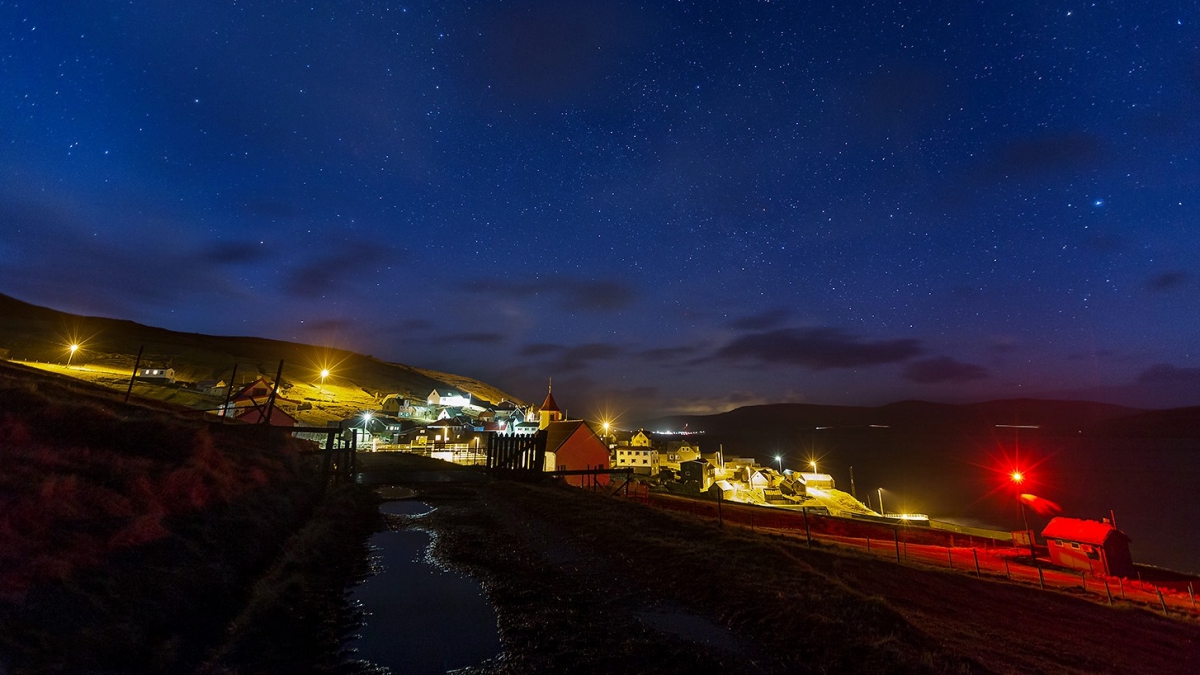Population
10. Nov 2020
Cities, towns and villages are seeing population growth

The year-on-year population growth of 827 people (1.6%) is slightly lower than the 860 people (1.7%) in the previous 12-month period. This difference is mainly due to a slight decline in net migration, as shown in the table below.
This year has been unusual in many respects as the Covid-19 pandemic has significantly affected Faroese society in a variety of ways. It is perhaps too early to determine the exact degree to which this has affected the population growth over the past year. The graph below shows that the difference is not large enough to be reflected in the long-term population trend.
Slight dip in net migration
The key factor in the Faroese population trend is migration. In the past 6-7 years, more people have moved to the Faroes than out of the country. This net migration has slowed down somewhat in the past year as the immigration figure has turned from positive to a slight decline. The emigration figure, however, continues to drop.
Highest population growth in Eysturoy, Streymoy and Sandoy
The highest year-on-year population growth is seen in Eysturoy and the capital region (2% each), which are located at each side of the upcoming subsea tunnel. Streymoy, outside of the capital region, saw a 1.8% population growth and Sandoy 1.7%.
Population growth in large and small municipalities
The largest municipalities have had the highest population growth:
- Tórshavnar municipality increased by 425 inhabitants (1,9%),
- Runavíkar municipality increased by 82 inhabitants (2,0%),
- Eystur municipality increased by 64 inhabitants (3,0%),
- Klaksvíkar municipality increased by 60 inhabitants (1,1%).
Medium-sized municipalities with a large population growth include Nes (3,4%), Sjóvar (2,2%) Vágs (1,7%). Sunda, Vestmanna and Fuglafjarðar municipalities have had a more modest population growth.
Small municipalities with a large population growth include Kvívíkar (5,6%), Eiðis (3,6%), Skopunar (2,7%) and Sands (1,9%).
Outlying islands also seeing growth
Nólsoy’s population grew by 13 inhabitants since October 2019, Skúvoy grew by 3, Fugloy by 2 and Mykines by 1. Hestoy and Svínoy saw small decreases in their populations. Stóru Dímun remains unchanged at 10 inhabitants. Koltur has been uninhabited for some years now.
Population figures have a one-month lag
The figures have a one-month lag due to delays in registrations, especially regarding address changes, where many registrations are made after the month of address change has ended. To accommodate as many corrections as possible, there is a one-month lag in the data.
About the population figures
The population is defined as all individuals registered in the national register as residents of the Faroe Islands. Population data includes date of birth, gender, place of birth, citizenship, relationship status, and, where applicable, information on immigration and emigration, domestically as well as between the Faroe Islands and other nations.
About the trend
The trend describes the population trend by adjusting for seasonal effects and other error components in the population figure.